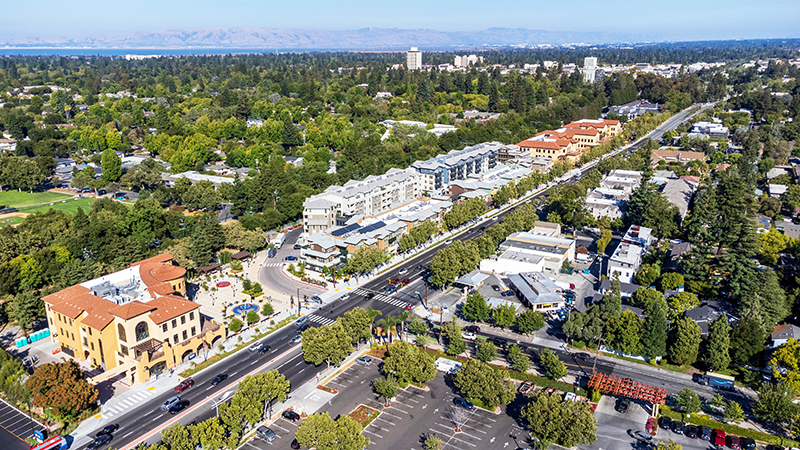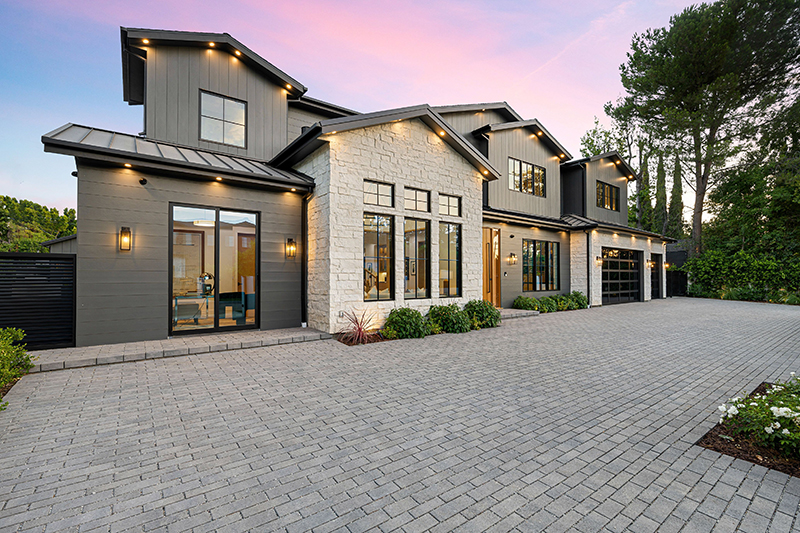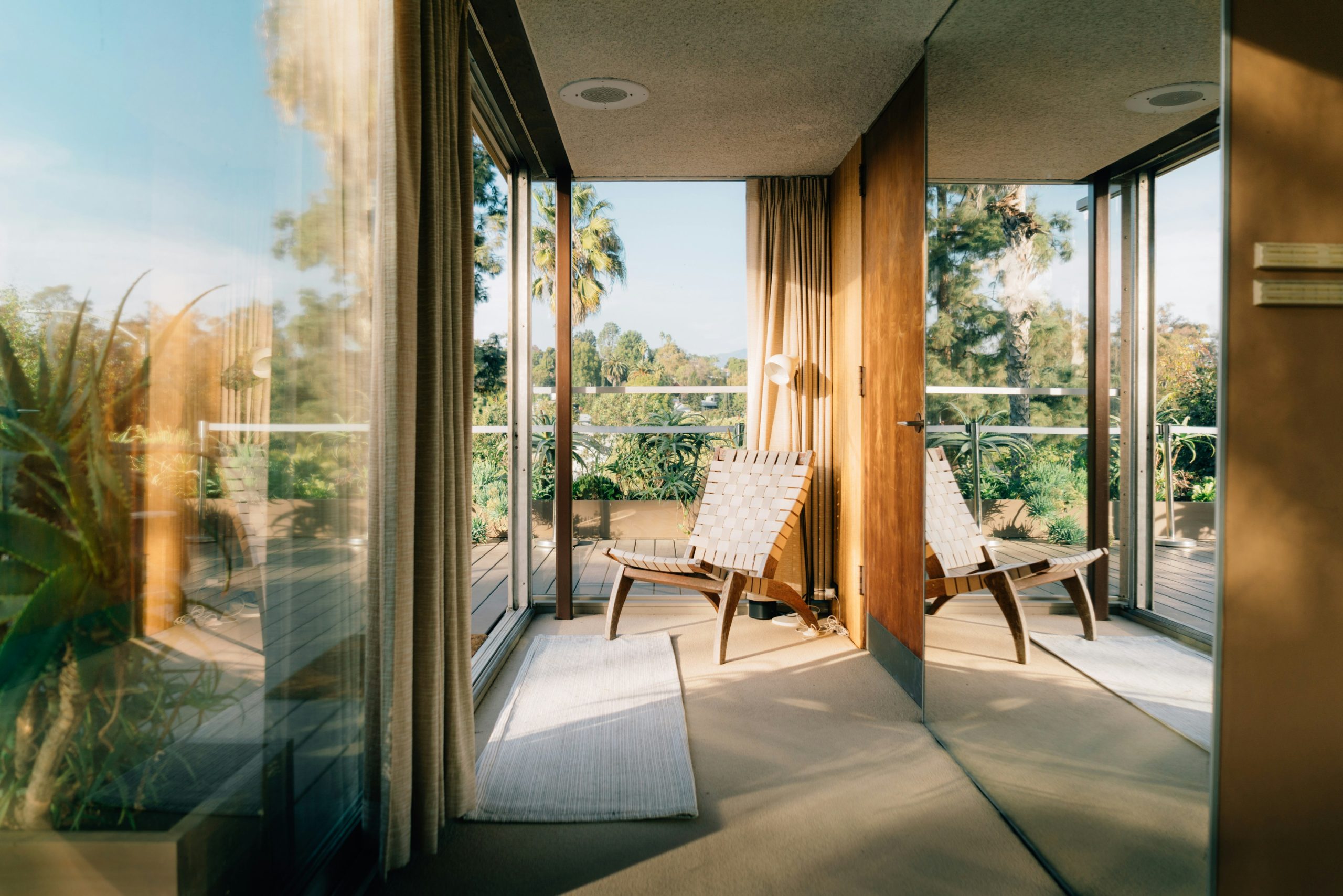Menlo Park
ROOTED IN INNOVATION, BALANCE, AND EVERYDAY LIVABILITY

Exploring homes in Menlo Park means discovering a community where innovation thrives amid tree-lined streets and lasting warmth.
The Bay Area has always had a pulse for innovation, and Menlo Park captures that energy with a calm, collected confidence. Tucked between San Francisco and San Jose, it’s a community where ideas flow as easily as the tree-shaded streets. Families, professionals, and long-time residents all find a sense of balance here − close enough to Silicon Valley’s fast pace, yet grounded in everyday livability.
What makes Menlo Park special is how seamlessly it blends intellect with heart. Its homes reflect that same mix: thoughtful design, solid value, and spaces ready to evolve with the people who live in them. For anyone exploring homes for sale in Menlo Park, CA, understanding these nuances is key to finding the right fit − because here, real estate is not just about location but also about living with purpose and potential.
Menlo Park: An Overview
Menlo Park’s story begins in the 19th century as a small railroad stop between San Francisco and San Jose. Over time, it grew alongside the Bay Area’s momentum, from quiet suburb to one of Silicon Valley’s most desirable addresses. Today, it’s a modern hub for innovation, while still preserving the neighborhood character that makes it feel like home.
Its location on the Peninsula places everything within reach: Stanford University, Meta’s global headquarters, and the cultural and career opportunities that fuel the region. Yet Menlo Park remains distinctly residential, known for its calm streets, welcoming neighborhoods, and enduring sense of community. It attracts professionals, families, and academics who value connection, culture, and the long-term investment of putting down roots here.
Ask any local what they love, and they’ll tell you it’s not just convenience that keeps them − it’s the city’s balance of intellect and belonging, supported by thoughtful planning, excellent schools, and green spaces that invite people outdoors.
The Menlo Park Real Estate Scene

Contemporary craftsmanship reflects the balance of innovation and comfort that Menlo Park is known for.
Bay Area real estate has seen its share of ups and downs over the past few years, with the pandemic and tech-sector layoffs creating noticeable volatility across the region. Yet through these shifts, Menlo Park has remained one of the most consistently desirable markets, offering long-term value grounded in location, livability, and lifestyle.
Menlo Park continues to operate as a competitive and resilient sellers’ market, thanks to its highly livable neighborhoods, excellent schools, and proximity to top employers in the region. While home price appreciation has become more measured in recent years, low inventory and strong demand continue to drive multiple-offer scenarios for well-positioned homes for sale in Menlo Park, CA.
Architectural appeal
Homes for sale in Menlo Park, CA come in a range of styles, from classic Craftsman and mid-century modern to cutting-edge new builds. Whether it’s a turnkey home or a fixer with promise, the properties here reflect a level of care and character that’s hard to replicate.
COMMON HOME FEATURES:- Spacious yards ideal for entertaining and family life
- Updated kitchens and baths with modern finishes
- Open-concept living areas and functional floor plans
- Natural light, hardwood flooring, and well-integrated indoor-outdoor spaces
Neighborhoods to know
Menlo Park is a collection of distinct neighborhoods, each offering its own character and appeal.
- Sharon Heights – Elevated living with golf course views and quiet sophistication.
- Allied Arts – Artistic and walkable, with timeless charm near downtown cafés and galleries.
- Linfield Oaks – Convenient to Stanford and Downtown; favored by professionals and academics.
- Suburban Park – Welcoming and close-knit, where community pride runs deep.
Investment insights
Menlo Park’s rental market remains strong, especially for executive leases near tech campuses, family rentals within top-rated school zones, and short-term housing for visiting faculty or relocating tech talent.
With consistent buyer demand and limited housing inventory, homes for sale in Menlo Park, CA hold their value exceptionally well. For sellers, this means opportunities to maximize ROI. For buyers, especially those open to renovation, there’s potential to create lasting value.
At Harper Properties, that’s where expertise makes a difference. The team combines deep market insight with real-world renovation and construction experience − a rare advantage in the Bay Area’s competitive landscape. From strategic updates that elevate a home’s market appeal to full-scale remodels that transform long-term value, Harper Properties guides clients through every stage with clarity and confidence. Sellers gain stronger offers through thoughtful preparation, while buyers learn to see potential where others see limitations. It’s a results-driven approach that turns vision into value, one property at a time.
Living In Menlo Park
Life in Menlo Park is all about balance: academic excellence, outdoor beauty, and the everyday ease of a well-connected community. It’s where families put down roots and professionals stay for the lifestyle, as much as the location.
Top-rated schools
Education has long been one of Menlo Park’s greatest draws. Families are especially attracted to its strong mix of public and private schools, known for their academic excellence and community focus.
PUBLIC SCHOOLS BY DISTRICT- Las Lomitas Elementary School District (K–8): Las Lomitas Elementary and La Entrada Middle School.
- Menlo Park City School District (K–8): Encinal Elementary, Laurel Elementary, Oak Knoll Elementary, and Hillview Middle School.
- Sequoia Union HS District: Menlo-Atherton High School, a highly regarded school known for its academic programs and inclusive culture.
- Silicon Valley International School (PK–12): Offers an International Baccalaureate curriculum with language immersion tracks.
- Phillips Brooks School (Preschool–5): Emphasizes student-directed, dynamic, and child-centered learning.
And with Stanford University sitting next door, Menlo Park naturally attracts academics, professionals, and families seeking top-tier educational opportunities − another reason homes for sale in Menlo Park, CA continue to hold lasting appeal.
Downtown and dining
Menlo Park’s downtown core may be small, but it buzzes with personality. Boutique shopping, relaxed cafés, and locally loved dining spots line Santa Cruz Avenue, creating a walkable hub that feels both refined and welcoming.
BOUTIQUES AND SHOPS- Cheeky Monkey Toys – A family favorite filled with imaginative finds and creative playthings.
- Gitane – Effortlessly chic, this women’s boutique blends Parisian style with California ease.
- Cafe Borrone – A local institution for morning coffee, casual bites, and sunny patio people-watching.
- Saint Frank Coffee – Bright and minimalist, known for ethically sourced beans and artisan pours.
- Flea Street – Seasonal California cuisine served with sustainability and soul − a true Peninsula classic.
- Camper – Modern, ingredient-driven dining in a setting that feels as warm as it is sophisticated.
Outdoor recreation
Menlo Park has the distinction of consistently holding the “Tree City USA” recognition for several years. Towering oaks and mature canopies are part of the everyday landscape, creating shaded streets, peaceful parks, and a strong connection to nature.
As for green spaces, locals enjoy easy access to outdoor escapes like Burgess Park, which features athletic fields, playgrounds, tennis courts, and picnic areas. Just to the east, Bedwell Bayfront Park offers panoramic bay views, walking and biking trails, and rich birdwatching habitats.
Year-round, the city stays active with community events, seasonal festivals, outdoor concerts, and a variety of youth programs that bring families together and keep the energy high.
Transportation and Accessibility
Caltrain connects Menlo Park to San Francisco, San Jose, and other Bay Area cities. U.S. Route 101 and Interstate 280 are nearby, providing quick car access to neighboring towns and employment centers. Residents enjoy a quiet suburban setting while being minutes from high-tech offices, Stanford University, and Palo Alto. This convenience is a major draw for those working in the region.
What to Love About Menlo Park
- Prime Location: Proximity to Palo Alto, Stanford University, and major Silicon Valley employers, including Meta.
- Excellent Schools: Strong public and private school options.
- Downtown Convenience: Walkable downtown with shops, restaurants, cafés, and services.
- Green Spaces: Abundant parks and recreation areas, including playgrounds, trails, and sports facilities.
- Commuter-Friendly: Caltrain and major highway access make it ideal for commuting throughout the Bay Area.
- Civic Engagement: A city that values community programs, education, and resident participation.
Work With A Menlo Park Real Estate Expert
In a market as competitive and nuanced as Menlo Park, the right guidance can make all the difference. You can rely on our team at Harper Properties to provide full-service real estate support with a personal, renovation-savvy approach that helps you maximize both value and potential.
Whether you’re buying, selling, or investing in real estate in Menlo Park, we’ll help you maximize your opportunities with expert insight and renovation know-how.
Call 650.924.1340 or send an email. Let’s talk about how we can make your next move a strategic success.
Frequently Asked Questions About Menlo Park, CA
Q: What makes Menlo Park a desirable place to live?
A: Its location near major tech campuses, quality schools, and walkable downtown make Menlo Park highly attractive. Green spaces, safety, and community programs enhance its residential appeal.
Q: How is the real estate market in Menlo Park?A: It’s strong and competitive, with a mix of historic and newer homes. The median price is about $2.2 million. Each neighborhood offers something different in terms of home style and proximity to amenities.
Q: What transportation options are available in Menlo Park?A: Caltrain serves the city, with stops that connect to San Francisco and San Jose. Nearby highways add further convenience for drivers. It’s a popular location for commuters.
Q: What are some key attractions and amenities in Menlo Park?A: Downtown Menlo Park offers restaurants, shopping, and services. Attractions include Meta’s campus and the historic train station. Parks and community events provide year-round recreation.
Featured Properties
AIOS Custom iHomefinder Shortcode Results Page: Error! Unable to find iHomefinder main container...

